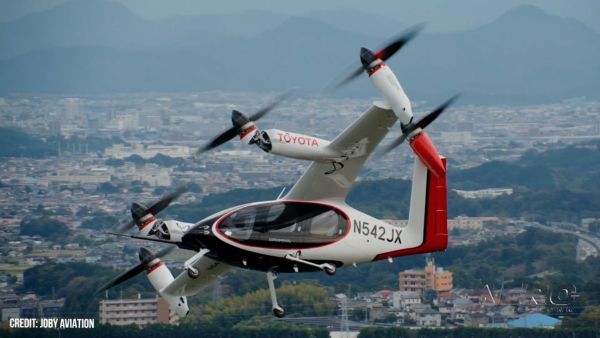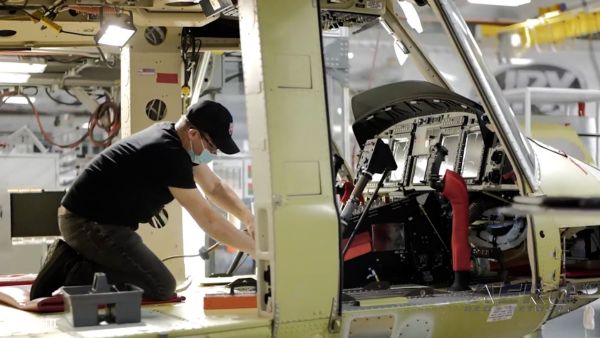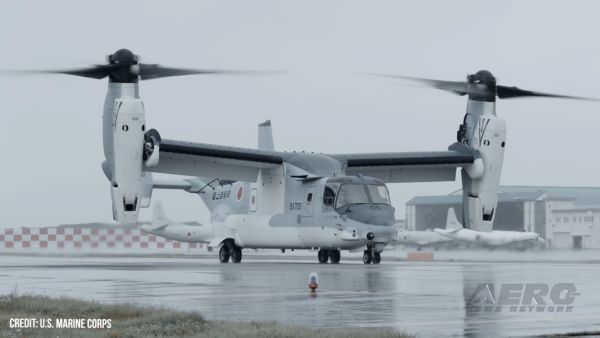ONE Aviation: Let’s Fly Together
ONE Aviation delivers innovative access to general aviation by bringing together a line of products suited to the missions and budgets of individuals and businesses previously grounded by the inefficiencies of larger aircraft.

We produce safe, efficient, comfortable aircraft to be used by those who need an entry-level business aviation solution. We build airplanes for you.
ONE Aviation markets, produces, and delivers the Eclipse Aerospace line of aircraft, including the Eclipse 550 and Eclipse SE jets, as it continues to further the development of the Kestrel aircraft. And now... One Aviation Announces Project Canada!
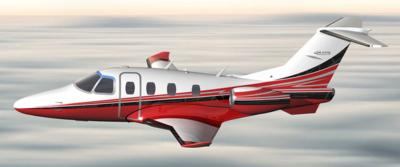
ONE Aviation proudly intones that this new aircraft is all about offering MORE.
In this case, "more" means an aircraft that is:
- Shorter: Canada requires 24% less runway at sea level, ISA+25°C
- Quicker: Canada takes 47% less time to climb to FL400 at ISA+10°C
- Farther: Canada will fly 1400 nm at max speed cruise with NBAA IFR 100 reserves
- Higher: Canada's operational ceiling is increased to FL430
- Faster: Canada can actually cruise at 0.65 Mach, all the way up to FL430
- Hotter: Canada has significant improvements in all performance on high temp days
- Stronger: Canada's increased useful load allows you to carry 475 lbs. more payload over the same distance traveled as the current Eclipse
These changes in performances are the result of a combination of several design changes:
- More Span: 41.7 ft. vs. 37.9 ft.
- More Wing Area: 163 sq. ft. vs. 144 sq. ft. - 13% more wing area
- More Fuel: 321 gallons vs. 251 gallons
- More Useful Load: 2787 lbs. vs. 2311 lbs.
- More Thrust: 1170 lbs. vs. 980 lbs.
The 'Canada' project adds about 4 feet to the span of previous Eclipse jets by adding a new wing section at the root. The increased span improves efficiency which, in turn, improves takeoff, climb, and cruise performance; especially at high altitudes - an important aspect that allows for increasing the bird's max altitude to FL430.
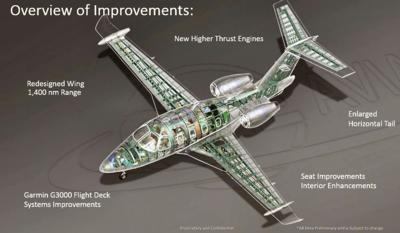
Additional wing area keeps the takeoff, approach, and landing speeds similar to the current Eclipse 550. Still; to reduce time to delivery, most of the existing wing will be retained. This added area provides the volume necessary to increase the total usable fuel to 321 gals to achieve the design goal of 1400 nm with NBAA IFR 100 range while eliminating the tip tanks and their associated drag.
Of course, ONE Aviation notes that adding fuel without adding gross weight limits choices. So, the new 'Canada' will also have a much higher gross weight of about 6900 lbs -- and yes, ONE Aviation admits that the new higher gross weight will increase the amount of testing required by the FAA.
ONEAv expects that the aircraft will be powered by a flat rated version of the PW615, thus providing higher thrust. The flat rating allows the engine to put out the required thrust at much higher temperatures and altitudes.
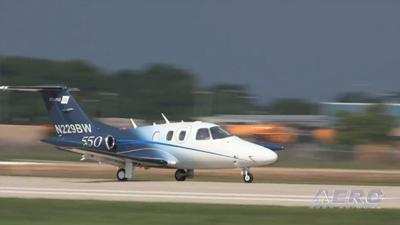
The Eclipse 550 not only has the lowest acquisition cost of any twin-engine jet on the planet, it also has the lowest operating costs and is the most fuel-efficient twin-engine jet in production today. But its efficiencies don’t end with cost and fuel burn. We build the Eclipse to be incredibly simple to operate and maintain. Get above the weather (41,000 ft) and fly at speeds of up to 375 kt in the Eclipse 550.
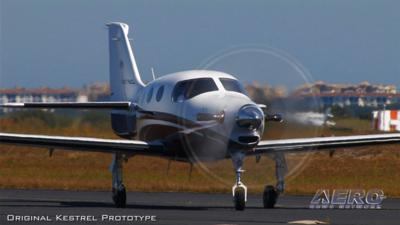
The Kestrel will be an exceptionally easy plane to fly, with superior handling characteristics and responsiveness, even at low speeds. It will climb efficiently at more than 2,250 ft/min to a maximum altitude of 31,000 feet, and cruise at greater than 320 kts.
The trailing-link landing gear and oversized tires ensure that every landing in a Kestrel is smooth—even those on short, unpaved strips.
Did You Know? (REALLY Cool Facts About ONE Aviation!)
- The Eclipse 550 has the lowest acquisition cost of any twin-engine jet in production today ($2.995MM)
- The Eclipse Jet also has the lowest direct operating cost (DOC) of any twin-engine jet in the world ($1.98 /nm at $5.60 per gallon).
- The Eclipse 550 comes standard with an Anti-Skid Braking System, which in testing took the Eclipse Jet from landing speed to complete stop in 700 feet!
- Green Fact #1: Eclipse was the first jet manufacturer to use Friction Stir Welding (FSW) as a manufacturing process. FSW saves more than 1,600 man-hours of work per jet, forms a stronger bond than traditional riveting, and is a completely smoke-free method of bonding.
- Green Fact #2: The Eclipse Jet is the most fuel-efficient twin-engine jet in the world (48-59 gallons per hour).
OneAviation Makes News! (Far More Than Most!)
FMI: www.ONEaviation.aero, Contact ONE Aviation to learn more by calling 872.240.0792 or by email at contact@oneaviation.aero. See The Eclipse or The Kestrel At NBAA Display #5471 , ISD2

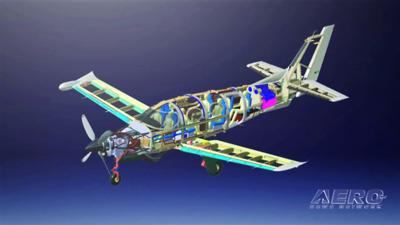

 ANN's Daily Aero-Linx (11.07.24)
ANN's Daily Aero-Linx (11.07.24) ANN's Daily Aero-Term (11.07.24): Maximum Authorized Altitude
ANN's Daily Aero-Term (11.07.24): Maximum Authorized Altitude Aero-News: Quote of the Day (11.08.24)
Aero-News: Quote of the Day (11.08.24) Airborne-Flight Training 11.07.24: CFI Changes, DPE Symposium, Evektor Harmony
Airborne-Flight Training 11.07.24: CFI Changes, DPE Symposium, Evektor Harmony Classic Aero-TV: Of Old Crows and Young Hearts
Classic Aero-TV: Of Old Crows and Young Hearts








